Since 2015, Vietnam has become a net energy importer. Imported energy has been on an increasing trend during the period 2015-2020 and reached a record import level in 2020 with 53,605 KTOE.
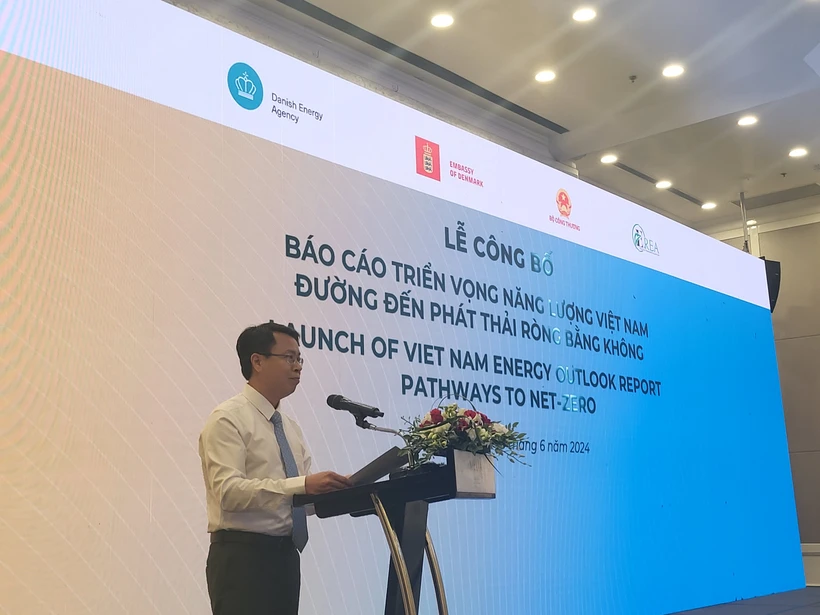
The Vietnamese Government has issued a number of key policies for sustainable energy development, moving towards net zero emissions (NET ZERO) by 2050 with four main pillars, namely “energy efficiency, renewable energy, energy market and climate change.”
At the “Vietnam Energy Outlook Report 2024 - Road to Net Zero Emissions” compiled and published by the Ministry of Industry and Trade in collaboration with the Danish Energy Agency and the Danish Embassy in Vietnam on June 19 in Hanoi, the opinions expressed that the effective implementation of these four pillars at the same time is the fastest way to bring Vietnam to net zero emissions.”
Energy consumption in many areas is still high.
The “Overview Report on Vietnam’s Energy Sector” released by the Ministry of Industry and Trade emphasized two contents: both “primary energy intensity” and “Vietnam’s final energy use intensity” although having decreased sharply in the period 2010-2022 (with primary energy intensity reaching 275kgOE/1,000 USD in 2022) are still significantly higher than other countries in the region.
Vietnam needs to maintain ecosystem balance to reduce net emissions to 'zero'
Specifically, during this period, GDP grew by an average of 6.1% per year. Total primary energy supply (TPES) increased by 5.6% per year, reaching 98.9 MTOE (unit of energy estimated to be equivalent to burning 1 million tons of oil) in 2022, of which coal reached 43.2 MTOE, accounting for the largest proportion (43.7%); second place was oil reaching 27.4 MTOE, accounting for 27.7%; Natural gas reached 7.3 MTOE (accounting for 7.4%); renewable energy (including hydropower) reached 21 MTOE, accounting for 21.1%.
According to the representative of the Ministry of Industry and Trade, since 2015, Vietnam has become a net energy importer. Imported energy has tended to increase gradually in the period 2015-2020 and reached a record import level in 2020 with 53,605 KTOE (units of energy estimated to be equivalent to burning 1 thousand tons of oil) (in 2015, it imported 17,074 KTOE). Vietnam's energy imports have been on a decreasing trend since reaching the peak import in 2020.
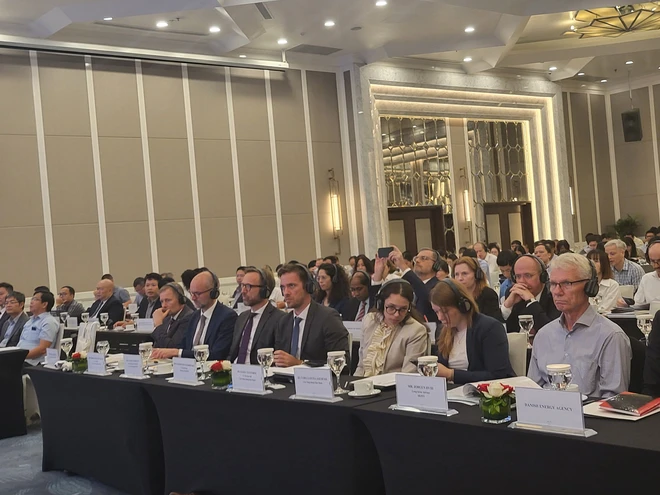
Meanwhile, the level of imported energy dependence in TPES increased from 6.4% in 2015 to 47.9% in 2020 and decreased to 35.4% in 2022. Although the reason comes from the decrease in energy exports, which has caused the net import/primary energy ratio to increase, it still shows the level of concern about Vietnam's energy consumption from this figure.
Regarding “Vietnam's final energy use intensity”, there are also some very notable figures reported, that is, Vietnam's total final energy consumption (TFEC) in 2022 will reach 71,995K TOE (oil equivalent), increasing by 5.4%/year in the period 2010-2022.
The final energy consumption intensity/GDP in 2022 is 315 kgOE/1,000 USD, showing a downward trend in the period 2010-2022, compared to 357 kgOE/1,000 USD; in which, the consumption structure by industry can be mentioned, such as: the industry has the strongest growth rate (51.9% in 2022), transportation has momentum to recover when being affected by the COVID-19 pandemic, reaching 20.8% in 2022...
Need for energy conversion
Mr. Nguyen Tuyen Tam, Head of Planning and Planning Department, Electricity and Renewable Energy Department (Ministry of Industry and Trade) informed that recently Vietnam has recorded a significant increase in the type of electricity generation from renewable energy such as wind power and solar power. However, the contribution of renewable energy to the total primary energy supply is not much because a part of hydropower in the recent period has been exploited at a high level and this field has not increased much.
By 2022, primary energy intensity will reach about 275 kg of oil per 1,000 USD - although it has decreased sharply in the period 2010-2022, it is still significantly higher than other countries in the region with indicators still quite high. This shows that Vietnam's energy efficiency is still low compared to both countries in the region and the world.
Regarding the index showing the level of energy source diversification in the total primary energy supply, it has decreased to 3,173. However, this index of Vietnam is still high. This shows that the level of diversification still depends on a few types of energy, such as coal...
“Therefore, we need to develop renewable energy sources as well as alternative energy to diversify the types of energy in Vietnam's total primary energy supply…,” he said.
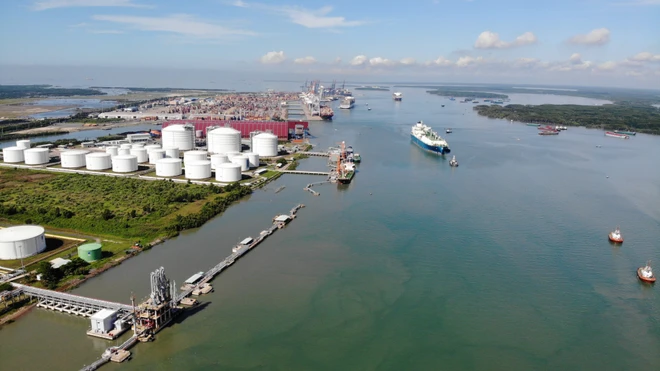
To use energy efficiently, according to experts, Vietnam needs to diversify energy sources and promote renewable energy sources...
Mr. Doan Ngoc Duong, Deputy Director of the Electricity and Renewable Energy Department (Ministry of Industry and Trade) said that Vietnam is a country with a rapidly growing economy with an annual economic growth rate of 6-7% in recent decades.
In the period of 2020-2030, despite the complicated fluctuations in the world's political and economic situation, Vietnam's economy has recovered and developed positively compared to many economies in the world. In that context, Vietnam's energy and electricity demand in the coming years is forecast to continue to increase rapidly to meet the needs of the economy and people.
Mr. Duong emphasized that the “Vietnam Energy Outlook Report” analyzes energy outlook scenarios with different input assumptions to study the possibilities to ensure energy for socio-economic development in different situations for Vietnam in the new situation, while promoting the transition to a Green and sustainable energy system to achieve Vietnam's international commitments in the field of energy and climate change response, towards the goal of net zero development by 2050 according to Vietnam's commitment at the COP26 conference.
According to Danish Ambassador to Vietnam - Nicolai Prytz, the report is an important result of the Long-term Energy Partnership Cooperation Program between Denmark and Vietnam, which is also a key area of cooperation in the Vietnam-Denmark Green Strategic Partnership.
According to him, to achieve the goal of net zero emissions by 2050, Vietnam needs to make rapid, strong and sustainable efforts. This is not only important in addressing the growing energy demand but also helps attract foreign direct investment (FDI) as access to renewable energy becomes increasingly important in investment decisions. "Denmark is committed to continuing to support Vietnam in this transition," the Danish Ambassador to Vietnam emphasized./.
Source: https://www.vietnamplus.vn/viet-nam-can-da-dang-hoa-nguon-cung-de-su-dung-hieu-qua-nang-luong-post959934.vnp






![[Photo] General Secretary To Lam attends the 80th Anniversary of the Cultural Sector's Traditional Day](https://vstatic.vietnam.vn/vietnam/resource/IMAGE/2025/8/23/7a88e6b58502490aa153adf8f0eec2b2)

![[Photo] Prime Minister Pham Minh Chinh chairs the meeting of the Government Party Committee Standing Committee](https://vstatic.vietnam.vn/vietnam/resource/IMAGE/2025/8/23/8e94aa3d26424d1ab1528c3e4bbacc45)


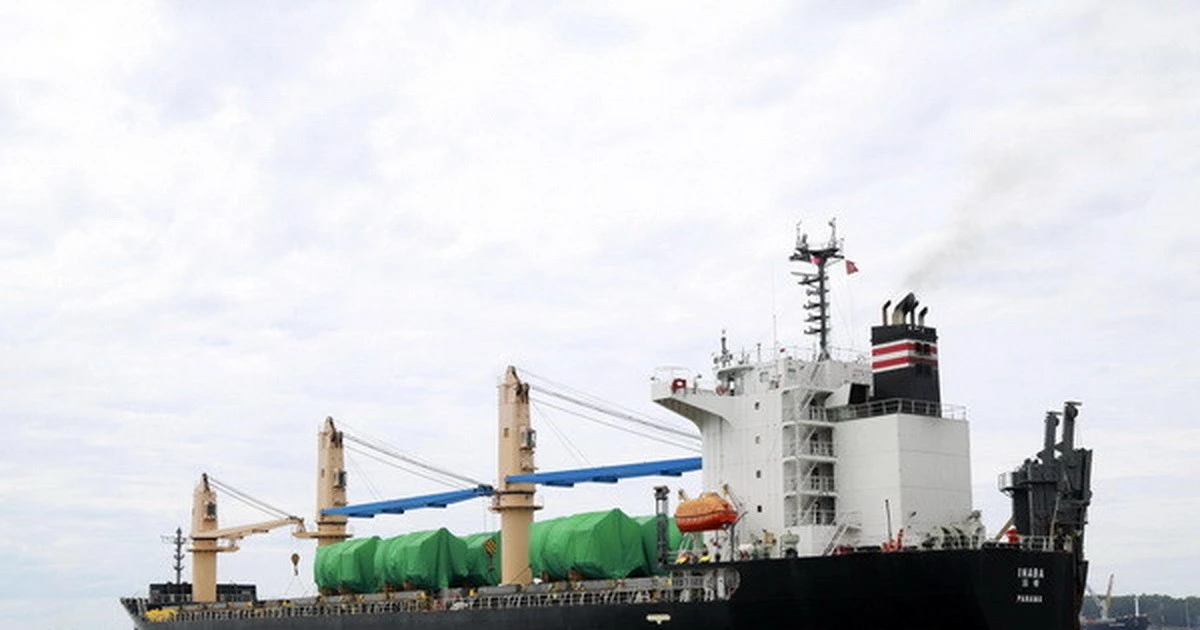
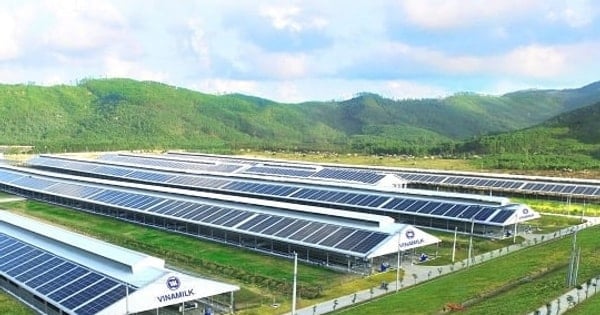

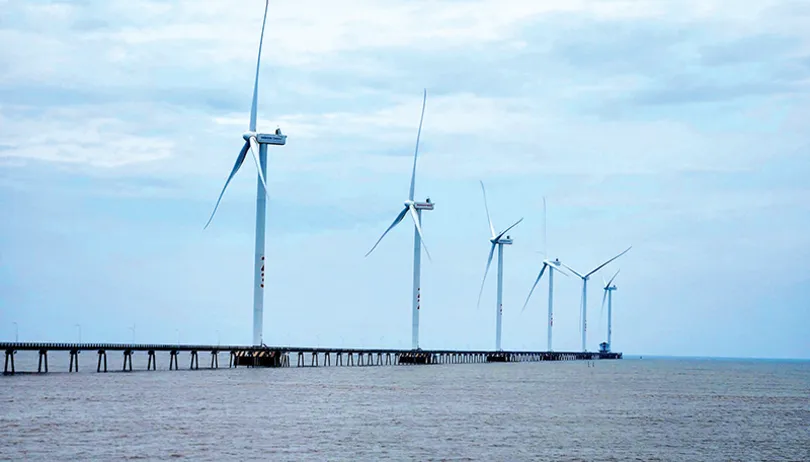

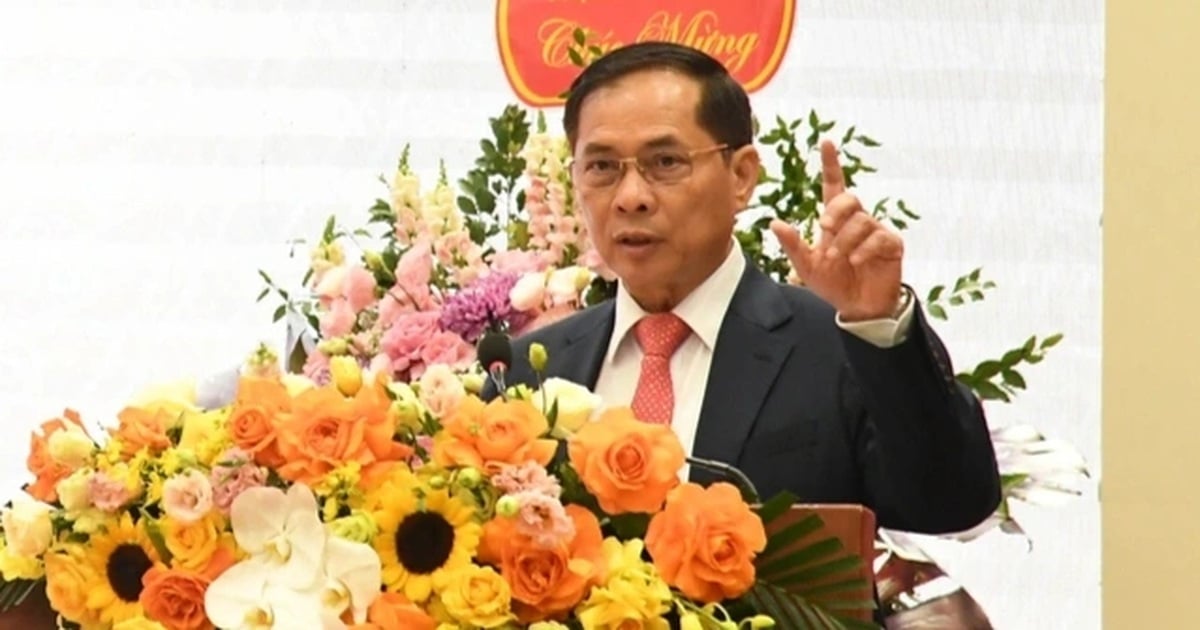

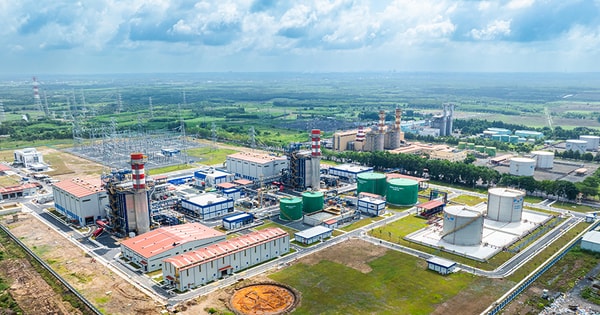








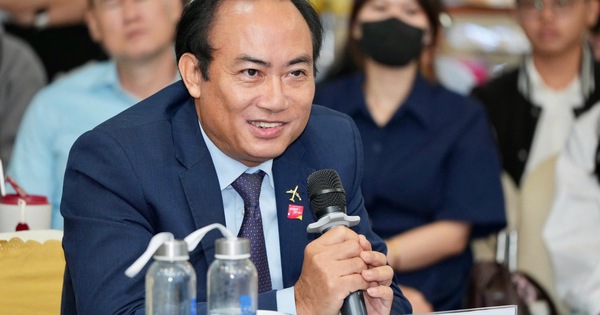







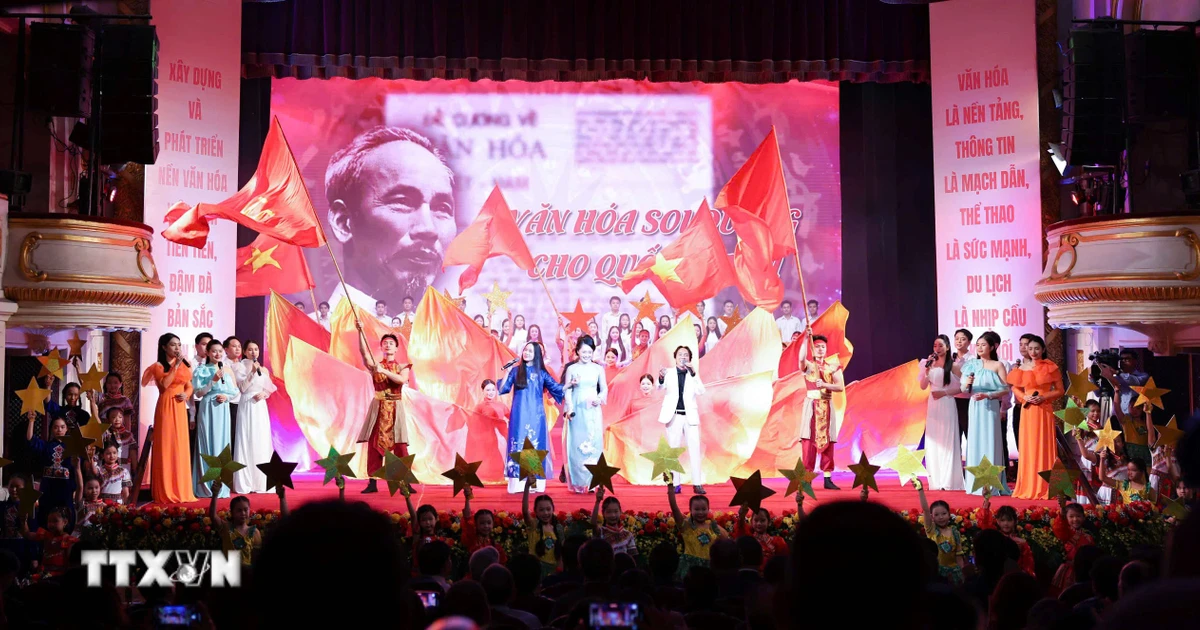















































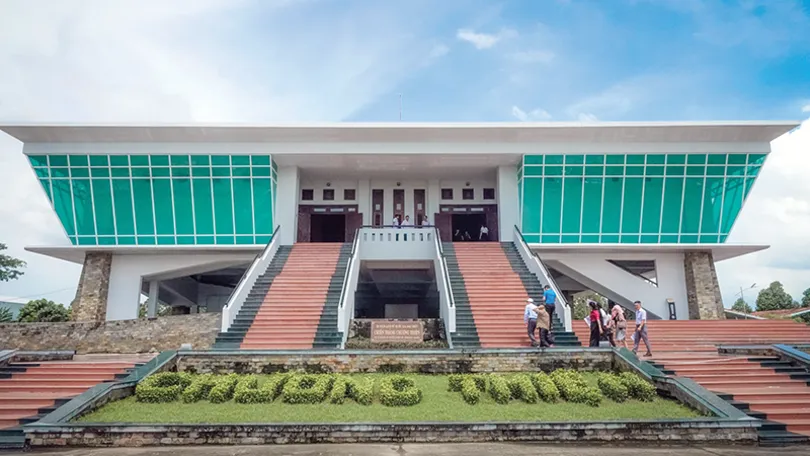


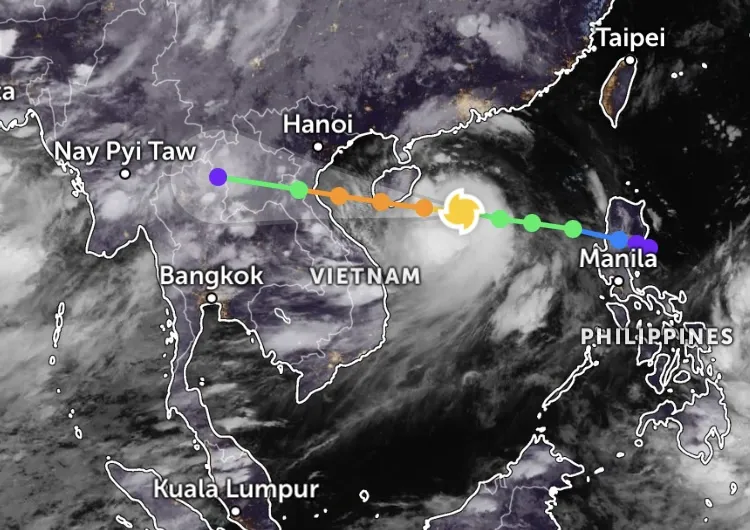
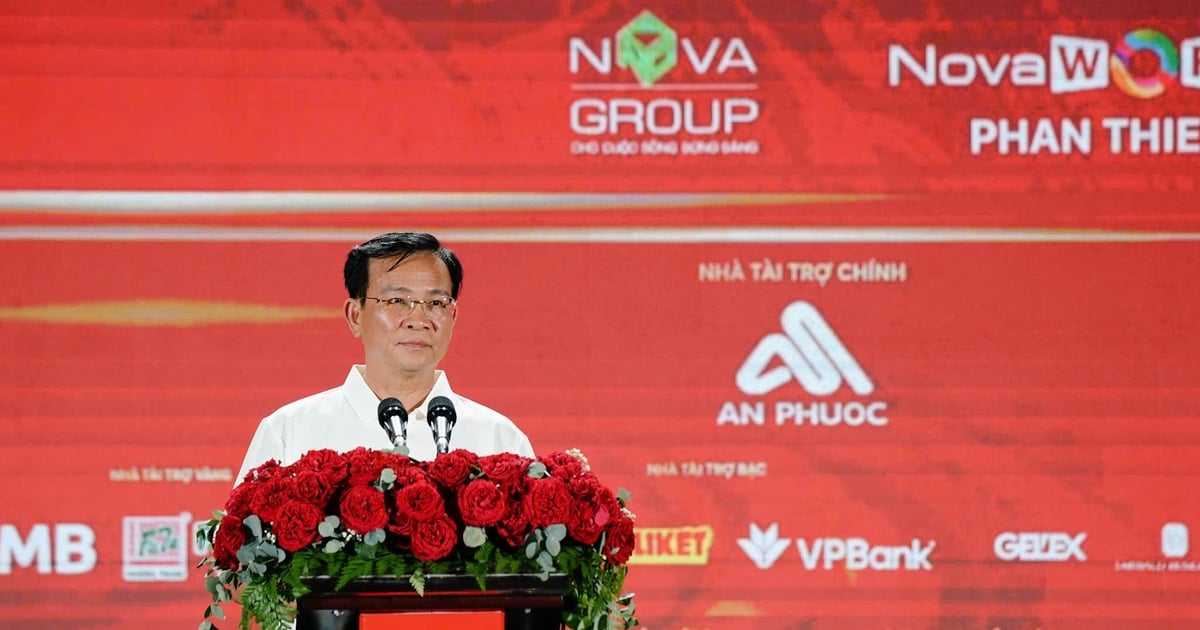

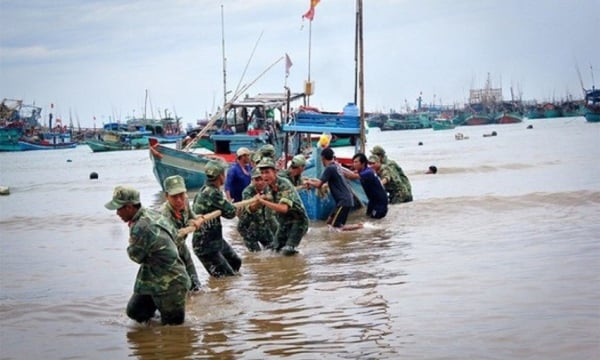













Comment (0)